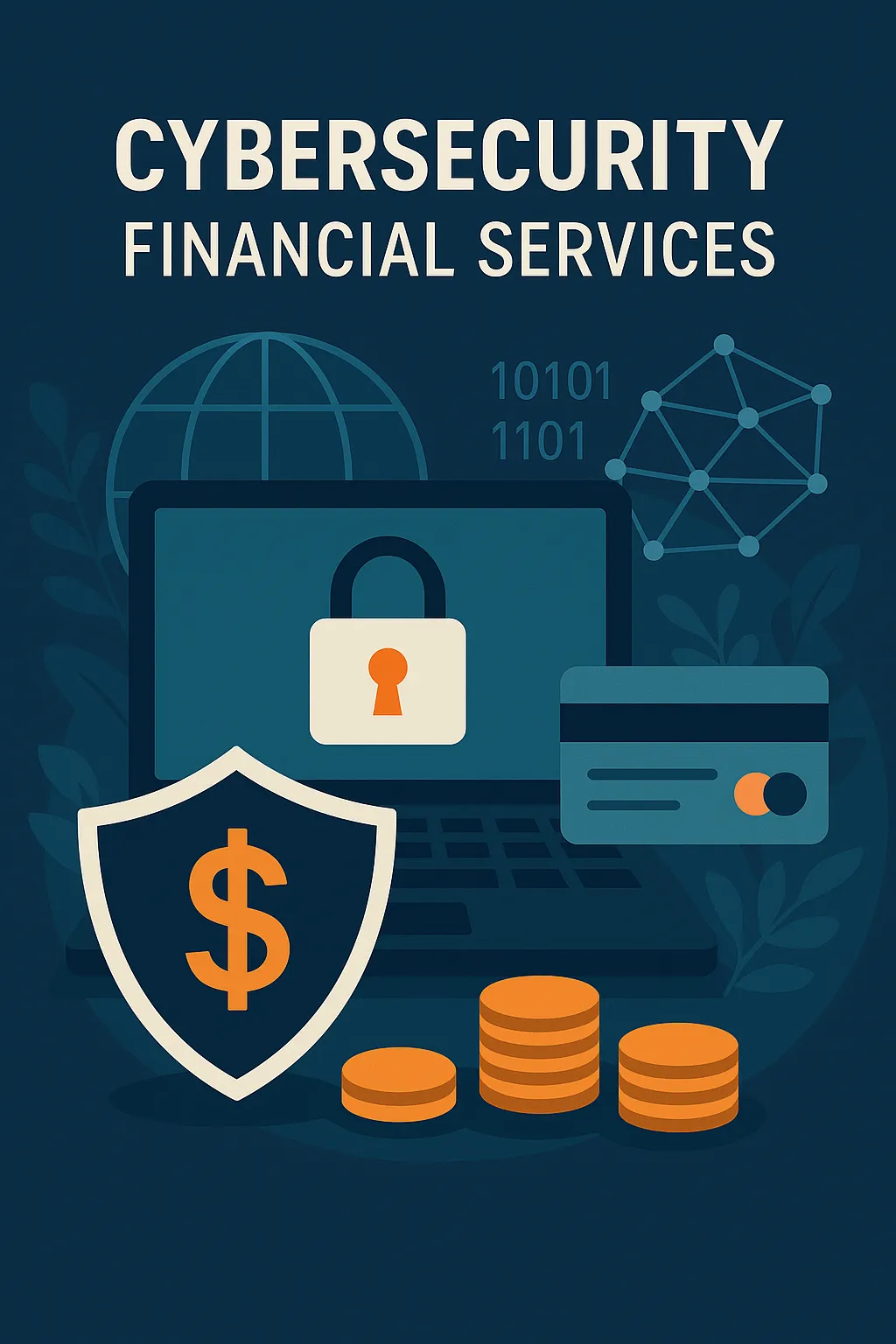Cybersecurity in Finance: Navigating the Evolving Threat Landscape
As the financial sector increasingly embraces digital transformation, the cyber threat landscape correspondingly evolves. With the integration of advanced technologies like AI, cloud computing, and IoT, cybersecurity threats are not only becoming more frequent but also more sophisticated. This blog explores the current state of cybersecurity in the finance sector, highlighting key threats and offering strategies to mitigate these risks.
Understanding the Cyber Threat Landscape in Finance
The financial sector remains one of the most targeted industries by cybercriminals due to the vast amounts of monetizable data it handles. Recent reports from various cybersecurity hubs have indicated a noticeable increase in cyber-attacks targeting this sector.
Rise in DDoS Attacks
One of the most significant threats faced by the finance sector today is Distributed Denial of Service (DDoS) attacks. According to a recent report by PacketStorm, there has been a 117% rise in DDoS attacks against financial institutions in the second half of the year alone. These attacks disrupt services by overwhelming systems with a flood of internet traffic, which can not only lead to financial losses but also damage trust and credibility amongst clients.
Ransomware: A Persistent Threat
Another pervasive threat is ransomware, as evidenced by an incident reported by Crai News, where a financial services company was forced to halt operations due to a severe attack. Ransomware infects and locks down systems, demanding a ransom to restore access, leading to both operational disruptions and potential data breaches.
Emerging Technologies and New Vulnerabilities
As reported by Apple News, the deployment of emerging technologies such as AI and IoT introduces new vulnerabilities. These technologies, while beneficial, can provide new attack vectors if not properly secured.
Strategic Approaches to Enhance Cybersecurity
Given the sophisticated nature of these threats, financial institutions must adopt equally sophisticated cybersecurity strategies.
Enhanced Detection and Response
Improving detection capabilities and response strategies is crucial. This includes the adoption of advanced security monitoring tools and the integration of automated response solutions that can quickly address threats before they escalate.
Employee Education and Awareness
Since many cyber-attacks begin with a simple phishing attempt, educating employees about the signs of phishing and proper security practices can drastically reduce the risk.
Investing in Robust Cyber Infrastructure
Finally, continuous investment in cybersecurity infrastructure is essential. This involves updating existing systems, employing strong data encryption, and ensuring all endpoints are secure.
Conclusion
In conclusion, while the threats to cybersecurity in finance are significant and evolving, by understanding these threats and implementing robust security measures, financial institutions can protect themselves and their clients effectively. Staying informed and proactive in cybersecurity practices is the best defense against these ever-present cyber risks.

